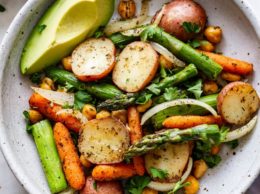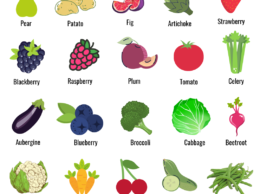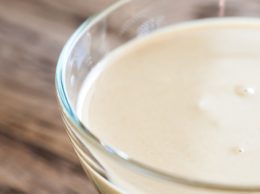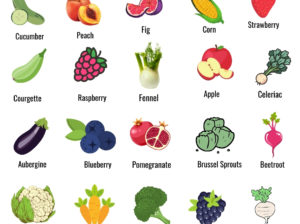Pages: 1 2
Eastern Mediterranean cuisine, which encompasses some Middle Eastern cuisine, describes the culinary traditions of Greece, Turkey, Syria, Lebanon, Israel, Palestine, and Egypt. Yogurt and fresh cheeses like feta, halumi, and lebanah feature prominently in Eastern Mediterranean cuisine: yogurt appears in a variety of sauces or as a condiment, while cheese can be either cooked into dishes or eaten raw in a multitude of culinary contexts. The flavors of parsley, sumac, mint, and lemon juice dominate the Eastern Mediterranean cooking palate, while pomegranates and nuts are regular ingredients in sauces and spreads. Grains take the form of rice or flat breads like pita and lavash. Lamb, mutton, poultry, and goat meat are prominent proteins, and are typically grilled—either whole, as skewered chunks of meat like kebabs, or ground and skewered like kibbeh—or spit-fired like gyros. Bulgar wheat is also used, predominantly in salads like tabouleh. Chickpeas are used in a variety of contexts, often as a meat substitute, and can be cooked whole, ground into a paste for a spread, or fried.
Southern European cuisine, which is found in Italy, Southern France, and Spain, contains specific ingredients that distinguish it from the rest of Europe’s cooking traditions and other Mediterranean countries. Unlike other Mediterranean cuisines, wine is a prominent element of Southern European dining, both as a flavor enhancement in cooked dishes and on its own. Pork is also consumed more by these countries than the rest of the Mediterranean, and is more prevalent than goat, mutton, or lamb. Tomatoes, garlic, capers, anchovies, mustard, anise, and pine nuts are used in a variety of combinations to flavor Southern European dishes. A multitude of different grains are consumed: leavened breads, pasta, and rice are staples.
North African cuisine is characterized by an abundant use of spices. Morocco, Algeria, Tunisia, and Libya all regularly use cumin, coriander, saffron, cinnamon, cloves, chilies, saffron, and paprika in their cooking traditions. Harissa and ras el hanout are two fiery spice mixtures used predominantly in Moroccan cuisine, giving a characteristic heat to stews and sauces. Dried fruit like dates, apricots, and raisins make frequent appearances in North African cuisine, both on their own and in cooked dishes. Preserved lemons add a characteristic salty, brined pungency to North African food. Couscous, granular semolina that has the appearance of bulgur wheat with a rice-like texture, is a popular North African grain, accompanying a variety of stews and meat dishes. Lamb, mutton, and goat meat are the dominant protein in North African dishes, although chicken, and even beef, make regular culinary appearances. The Moroccan tagine, a slow-cooked stew of meat, vegetables, and sauce prepared in a conical-shaped ceramic pot, is perhaps the most recognizable and popularized of North African dishes: an aromatic, hearty, well-balanced dish.
Copyright TableAgent.com
© Restaurant Agent Inc.
Pages: 1 2





